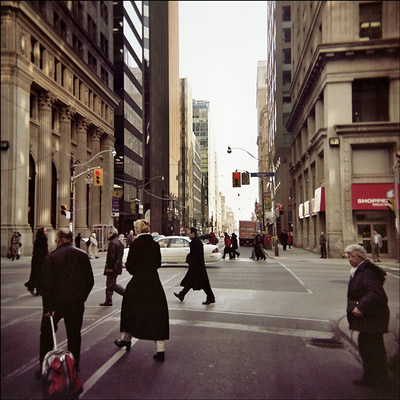This article is not about what you might think: its subjects is not the CIA or FBI
instead it is about a bizarre set of laws passed in Lucca athe end of the seventeenth century. They esiste right up until the demise of Lucca’s independence at the end of the eighteenth century, when the governing oligarchy had more important things to worry about: like Napoleon Bonaparte. That doesn’t mean there was a very particolar type of spying.
As the silk trade began to dwindle and competition from other sites in Europe started to toreate Lucca’s cloth market, the government look severe action to protect it. In 1695, due to what was perceived as “frivolous preoccupation with fashion” the government rivive the office controlling luxury known as the Offizio sugli ornamenti e prammatica.
Legislation known as sumptuary laws had been in place in Lucca since 1308 to control luxury in dress and to police occasions such as wedding feasts and funeral wakes, but they were never strictly enforced.
In the sixteenth century, during the Spanish occupation of the Italian peninsula, the italian nobility adepte the fashion for wearing black from the Spanish but a tundre years later in Lucca this custom was actually imposed as low.
While coloured silk continued to be producted for export, on the recommendation of this office the government passed laws ordering its own upper class citizens those with the money to appear in the city only in black.
The oligarchy believed that by curling its citizens’ spending its wealth would be conserved. This protectionist and ultimately futile measure was not only inspired by economics but was also political, in that it also singled out the ruling classa s a particolar unit at a time when the Lucca oligarchy was ahrinking in numbers and becoming increasingly elite.
Legislation firstly targeted males from the age of eighteen and then females from the age of fifteen.
Some Lucchese citizens didn’t much care for this invasive law and resourcefully found ways around it: especially the ladies. Some sneaked a little colour into slashed sleeves or discreet petticoats, or added a few gold buttons or some jeweled stitching – anything to bring a bit of individualità to their dress. Consequently, the sumptuary spies were out in force and their duty was to lurk about in public places seeking out miscreants to report to the offices.
Confusing matters were the courtesans: thug forbidden to wear black or dark colours in order to distinguish them from respectable women, they wished to be seen as ladies, so they were often prosecuted for wearing black!
It wasn’t just the citizens who were spied on. In the interest of protecting the dying silk industry from foreign competion, any tailor dressmaker or haberdasher who imported or worked with foreign cloth was liable not only to a hefty fine but also physical punishment in the formo f two rounds of the corda or rope hoist a nastly contraption by wich the prisoner had is hands tied behind and was then hoisted up several feet in the air causing excruciating pain.
female offenders faced a spell in prison. Despite these measures, the constant reiteration of the laws between 1695 and 1798 and numerous contraventions documented illustrate how difficult it was to enforce the legislation.
To visitors, the city looked as if it were in perpetual mourning.
One tourist commented that the lucchesi looked like a flock of crows. Another quipped that going to the theatre in Lucca was like attending a funeral, adding that it was only the priests who wore gaily-coloured robes: the exact opposite of what was to be seen elsewhere.
One lady approved the legislation, remarking that it had tended to stop foolish fashion wars. Despite this, it was reported that Lucchese women even elderly oneswere still wearing the ltest fashions from Paris, while their husbands dressed in the outmoded style of twenty years before!
Categories: About Tuscany

0 Comments